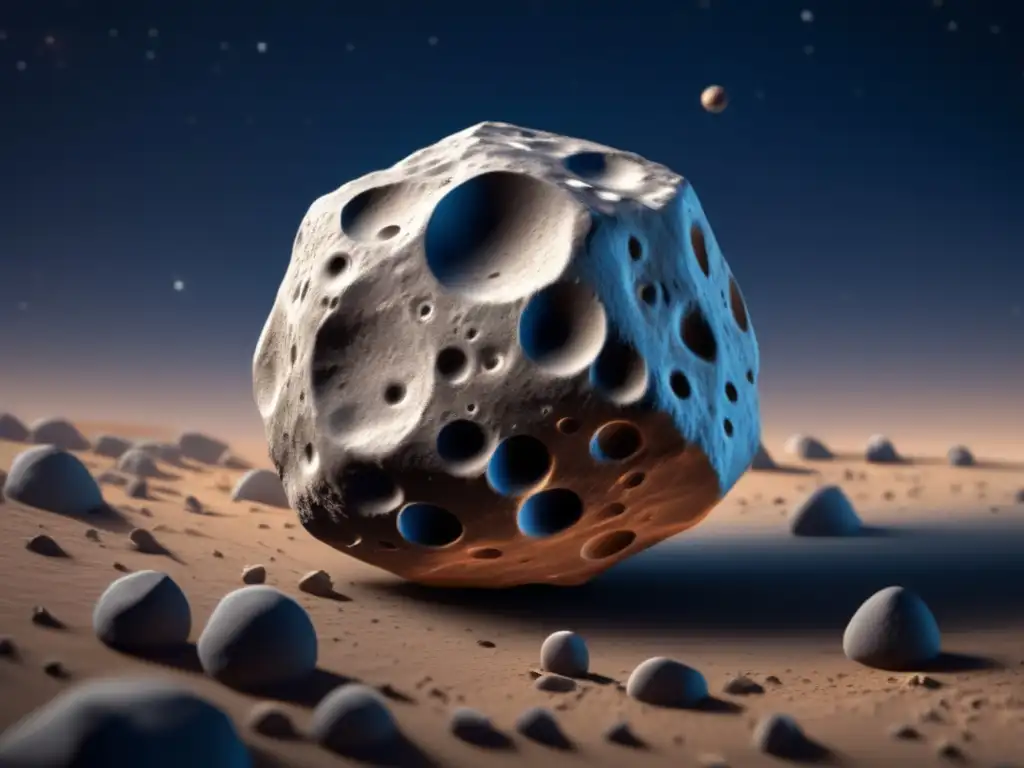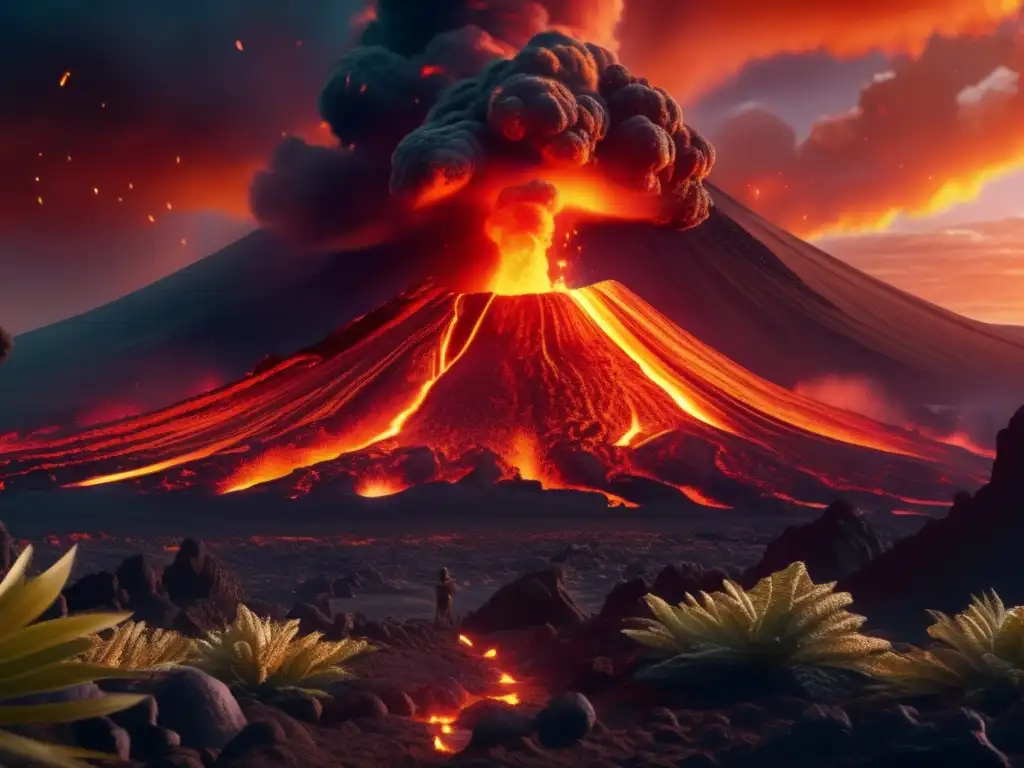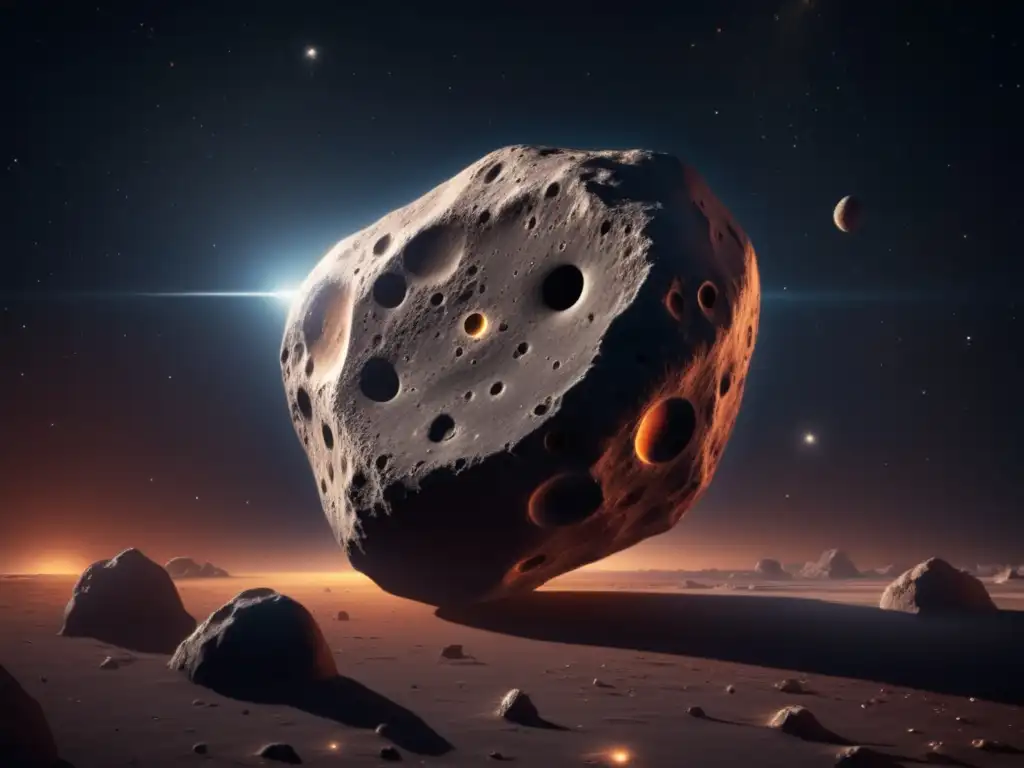Asteroid Hekate: What Makes It Stand Out?

Introduction
In the vast universe filled with countless celestial bodies, asteroids have always captivated the curiosity of humankind. These small rocky objects orbiting the sun between Mars and Jupiter have played a significant role in shaping our solar system and continue to intrigue scientists and astronomers alike. One such asteroid that stands out among the rest is Asteroid Hekate. Let's explore what makes this asteroid so unique and interesting.
Composition and Physical Characteristics

Size and Shape
Asteroid Hekate is classified as a C-type asteroid, which means it is composed primarily of carbonaceous material. With a mean diameter of approximately 243 kilometers, it is considered one of the larger asteroids in our solar system. Its irregular shape contributes to its distinctiveness, resembling a lumpy potato rather than a perfectly spherical object.
Surface Features
Studies conducted by space missions and telescopic observations have revealed intriguing surface features on Asteroid Hekate. The presence of impact craters, ridges, and grooves suggests a complex geological history. The analysis of spectral data has also indicated the existence of hydrated minerals, providing valuable insights into the water content and potential for organic compounds on this asteroid.
Rotation and Spin Axis
Unlike many other asteroids that exhibit relatively fast rotation, Asteroid Hekate has a moderate spin rate. It completes a full rotation every 7.6 hours, indicating a stable rotational motion. The precise determination of its spin axis has helped scientists understand the asteroid's orientation and how it interacts gravitationally with nearby objects.
Orbital Characteristics and Origin

Orbit and Family
Asteroid Hekate follows an elliptical orbit around the sun, lying within the outer region of the main asteroid belt. Its average distance from the sun is approximately 404 million kilometers. In terms of its orbital inclination, Hekate belongs to the Cybele asteroid family, composed of asteroids with similar orbital elements and believed to have originated from a common parent body.
Origin and Formation
The formation of asteroids like Hekate can be traced back to the early stages of our solar system's evolution. It is thought that they are remnants of protoplanetary disks or fragments resulting from violent collisions between larger bodies. By studying these asteroids, scientists gain valuable insights into the processes that shaped our solar system billions of years ago.
Mission Exploration and Scientific Significance

Space Missions
Asteroid Hekate has yet to be explored by dedicated space missions. However, astronomers and scientists continue to study this asteroid remotely using telescopes and collecting data from other nearby asteroid missions. The information gathered helps in characterizing its properties, understanding its composition, and unraveling the mysteries of its formation.
Scientific Significance
Asteroid Hekate holds great scientific significance as it provides valuable data for studying the early history of our solar system. By examining its surface features, composition, and orbital dynamics, researchers can gain insights into the processes that led to the formation of planets and other celestial objects. Furthermore, understanding the water content and potential organic compounds on Hekate may contribute to our understanding of the origin of life on Earth.
Frequently Asked Questions

-
What is the composition of Asteroid Hekate?
Asteroid Hekate is primarily composed of carbonaceous material, making it a C-type asteroid.
-
How big is Asteroid Hekate?
Asteroid Hekate has a mean diameter of approximately 243 kilometers, making it one of the larger asteroids in our solar system.
-
Does Asteroid Hekate have any surface features?
Yes, Asteroid Hekate exhibits impact craters, ridges, and grooves on its surface, revealing a complex geological history.
-
What is the rotational period of Asteroid Hekate?
Asteroid Hekate completes a full rotation every 7.6 hours.
-
Has Asteroid Hekate been visited by any space missions?
No, as of now, there have been no dedicated space missions to explore Asteroid Hekate directly.
Conclusion
Asteroid Hekate stands out among the numerous celestial objects in our solar system due to its unique composition, physical characteristics, and orbital dynamics. Its study contributes to our understanding of the early solar system and holds the potential for providing insights into the origin of life on Earth. As we continue to explore the mysteries of asteroids, Hekate remains an intriguing subject for further research and investigation.
We invite you to share your thoughts and engage with us on www.asteroidrealm.com, where you can find more fascinating articles about asteroids and their significance in the cosmos. Thank you for your time and curiosity.
Additional Resources

For those interested in delving deeper into the topic of Asteroid Hekate, we recommend the following resources:
- NASA - Asteroid Families
- NASA Solar System Exploration - Asteroids
- European Space Agency - Asteroids
- NASA Jet Propulsion Laboratory - Asteroid Hunting
 A Deep Dive Into Asteroid Nemesis
A Deep Dive Into Asteroid Nemesis Understanding The Asteroid Leukothea
Understanding The Asteroid Leukothea The Fascinating Nature Of Asteroid Kleopatra
The Fascinating Nature Of Asteroid KleopatraIf you want to discover more articles similar to Asteroid Hekate: What Makes It Stand Out?, you can visit the Asteroid Profiles category.
Leave a Reply

Articulos relacionados: